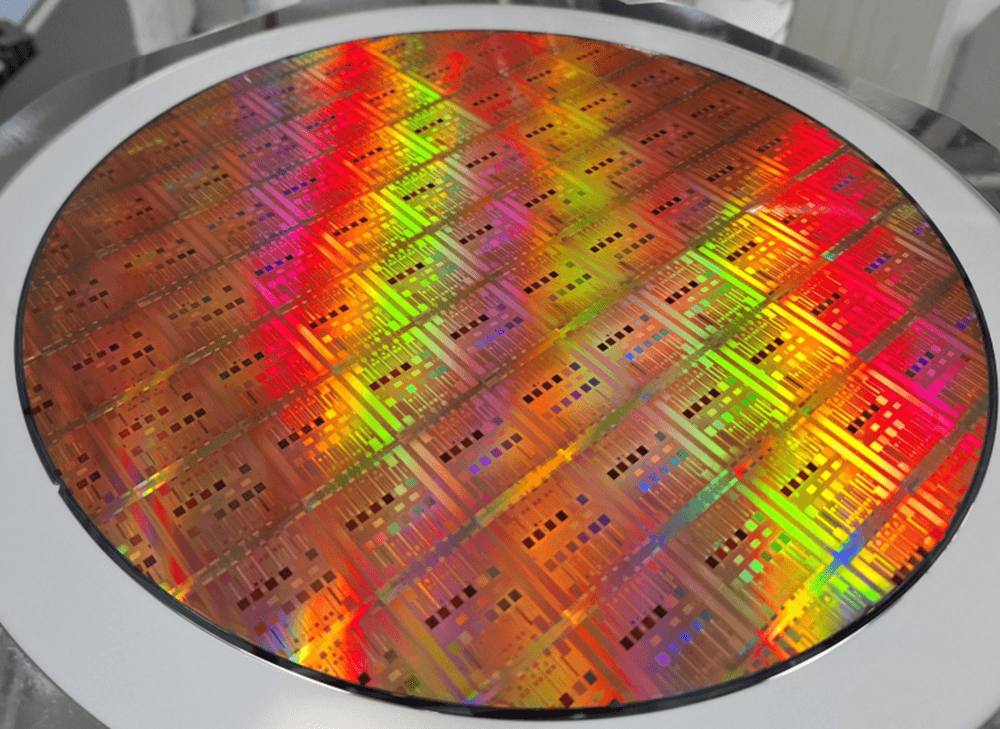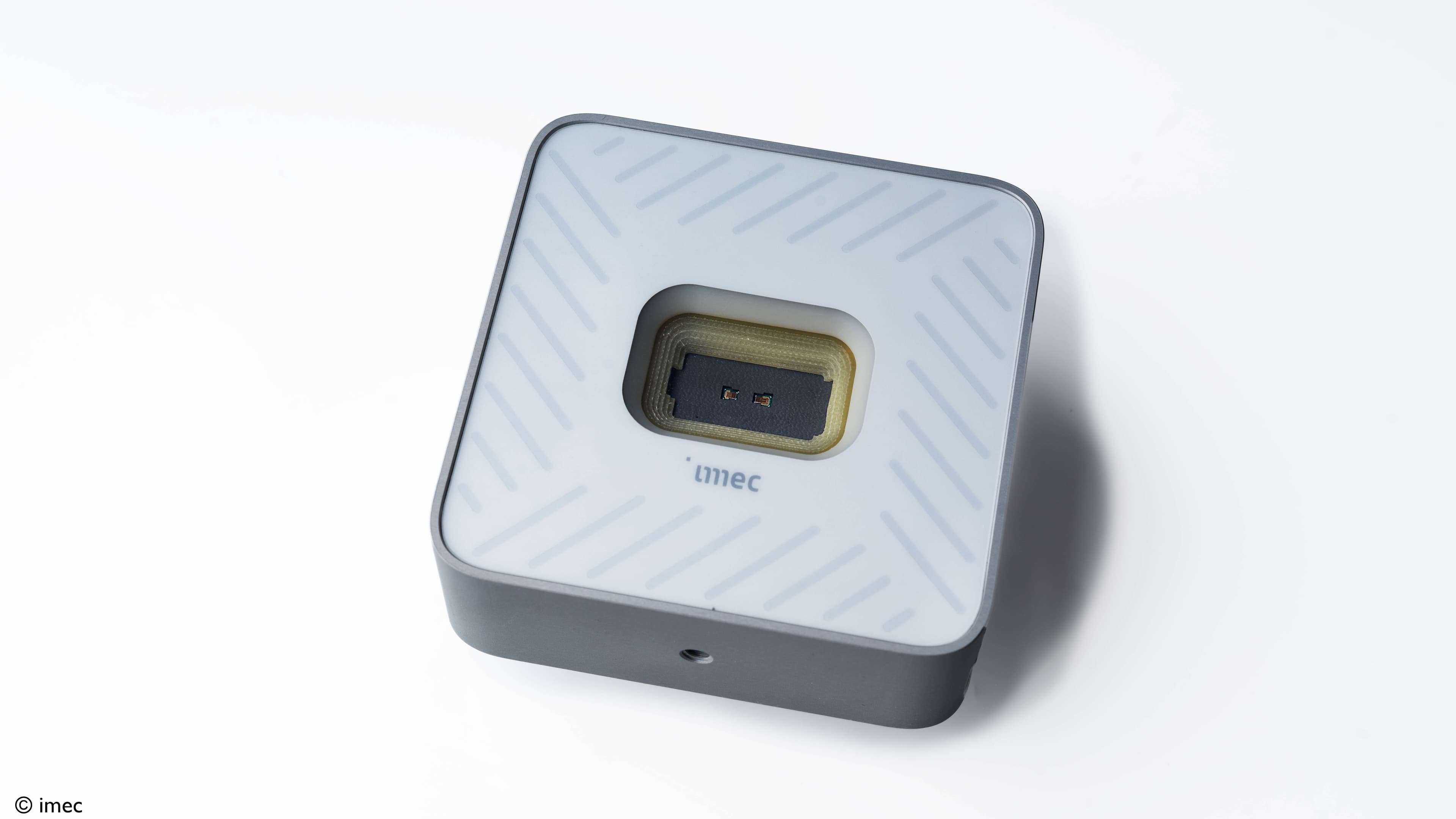The semiconductor industry continues to lead the way in a rapidly changing world. Did you know, for instance, that the development of ever more advanced microchips has enabled us to make computers a billion times more powerful over the past few decades?
And there's still plenty more to look forward to!
In the aftermath of the coronavirus pandemic and amid ongoing geopolitical unrest, regional Chips Acts have emerged. In particular, initiatives in Europe, the United States, and Japan have attracted significant interest and financial support. The EU, for example, is gearing up to deploy chip pilot lines designed to reduce the time it takes to go from idea to actual product.
With initiatives such as these bound to accelerate the innovation cycle, it is expected that we are once again on the verge of a period of rapid technological breakthroughs. Hence, it is my firm belief that 2024 is going to be ‘the year of truth’.
A milestone: imec turns forty
For imec, 2024 is a special year as we celebrate our fortieth anniversary. Since our launch in January 1984, imec has become a world leader in semiconductor research. Companies from all over the world gather in our cleanroom to work with imec researchers and shape the next generations of microchip technologies.
Importantly, everyone reaps the rewards of these advancements, given that chips serve as the building blocks of every electronic device surrounding us, from smartphones and TVs to washing machines and (increasingly smart) cars.
“The alignment between imec and the automotive industry is a strategic inevitability rather than a coincidence.”
And imec is committed to staying at the forefront of semiconductor innovation for years to come – with collaboration (both within and across different Chips Act initiatives) as our primary tool. Only through collective efforts can we lay the groundwork for solutions that will address ongoing challenges, spanning from climate change and mobility issues to the mounting pressure on our healthcare systems.
Working more closely with the automotive industry
One of the sectors that imec wants to work with more closely in 2024 is the automotive industry.
The challenges confronting car manufacturers are substantial, particularly with the gradual takeover of human drivers’ functions by intelligent driver assistance systems. These systems vigilantly monitor vehicles’ surroundings to preempt dangerous traffic situations. They rely on a new generation of sensors that use advanced chip technology to improve accuracy and cost-efficiency and reduce energy consumption.
The next step is also underway, leveraging artificial intelligence and sensor fusion to combine signals from cameras, radar, and lidar systems to achieve an even better awareness of what is happening around a car. This evolution is transforming cars into ‘chips on wheels’ that are constantly connected to other road users and the roadside infrastructure.
“Imec has the firm ambition to mirror the successes of the chip industry in the automotive sector. This will require car manufacturers to move away from focusing on single hardware optimizations towards broader system innovations.”
In other words, the alignment between imec and the automotive industry is a strategic inevitability rather than a coincidence. And there are even more parallels between the chip and automotive industries. As complexity increases, the development costs for new cars have escalated rapidly, similar to what we’ve seen happening in the chip industry over the past decades. To counteract this, the automotive sector needs to move away from focusing on single hardware optimizations towards broader system innovations, emphasizing hardware and software co-development. Imec has built up extensive expertise in these areas.
That's why, in 2023, we started to bring together the automotive value chain – an exercise that is part of imec’s broader automotive program. Allowing car manufacturers to help shape the next generations of microchips, this program has the firm ambition to mirror the successes of the chip industry in the automotive sector.
Dramatically reducing the semiconductor industry’s greenhouse gas emissions
Meanwhile, it has become painfully clear that the world must drastically reduce its greenhouse gas emissions. A UN report ahead of last year’s Dubai climate conference underlined the danger of global temperatures rising by 2.5 to 2.9 degrees Celsius, an unacceptable scenario.
“As the global chip industry looks to imec to tackle the sector’s sustainability challenges, we are committed to substantial investments in this domain.”
That is why we must continue to invest in developing sustainable technologies – making imec's research into green hydrogen production and new generations of solar cells and batteries more critical than ever. And the same goes for our efforts to develop more energy-efficient microchips. These are crucial to curbing the energy demand of data centers – as projections show that their energy consumption could double by 2030, driven by the data tsunami caused in part by the massive adoption of AI applications.
But this won't be enough. We must also find ways to become more sustainable on the chip manufacturing side. Our models show, for instance, that 70 percent of the CO2 emissions from microchip production are due to the power consumption of the fabs. This can obviously be mitigated by using green energy sources. Yet, at the same time, we're working with our partners to decrease the environmental footprint of existing and future semiconductor manufacturing processes – for example, by cutting back on the use of fluorinated greenhouse gases. We are committed to substantial investments in this domain as the global chip industry looks to imec to tackle the sector’s sustainability challenges.
Burning with ambition (and in search of equally ambitious employees)
Even after forty years, imec burns with ambition. But to fulfill that ambition – and to meet the expectations of our partners and stakeholders – we need equally ambitious employees. As a result, attracting and nurturing talent remains top of mind for imec.
“Uniting our efforts and advocating for a diverse workforce with different backgrounds and profiles is the only way to attract essential talent.”
“What's new?” you might say. But even here, things have begun to change. It's dawning on the industry that if we're going to generate a steady influx of talented employees, we need to act together. After all, the search for talent is not a quest that can be successfully undertaken by a single company – or through an isolated HR campaign. Uniting our efforts and advocating for a diverse workforce with different backgrounds and profiles is the only way to attract and retain essential talent. While this seems straightforward, its effective implementation requires conscientious efforts which imec is committed to contributing to.
The upside is the availability of people interested in (deep) tech. Consider the number of people fascinated by the world of AI, smartphones, game consoles, and other cutting-edge electronics – all based on microchip technology. In short, we have every reason to believe that the future is bright!
To sum up, 2024 won't just be about imec's fortieth anniversary or our longstanding collaboration with the global chip industry; we are equally determined to create the leverage for another four decades of impact, locally and internationally.

Luc Van den hove is President and CEO of imec since July 1, 2009. Before he was executive vice president and chief operating officer. He joined imec in 1984, starting his research career in the field of silicide and interconnect technologies. In 1988, he became manager of imec’s micro-patterning group (lithography, dry etching); in 1996, department director of unit process step R&D; and in 1998, vice president of the silicon process and device technology division. In January 2007, he was appointed as imec's EVP & COO. Luc Van den hove received his PhD in electrical engineering from the KU Leuven, Belgium.
In 2023, he was honored with the Robert N. Noyce medal for his leadership in creating a worldwide research ecosystem in nanoelectronics technology with applications ranging from high-performance computing to health.
In 2025, he was awarded the honorary distinction from the Flemish Community in recognition of his impressive role in strengthening Flanders as a leading innovative region.
He has authored or co-authored more than 200 publications and conference contributions.
Starting in April 2026, he will take on a new role as Chair of imec’s Board of Directors.
More about these topics:
Published on:
11 January 2024












